There’s something undeniably mesmerizing about the wild beauty of a wolf—the sleek fur, piercing eyes, and silent strength that commands attention. What if you could have that same majestic aura in a loyal, loving companion?
Enter the wolf-like dog breeds: dogs that carry the spirit, appearance, and even the mystique of their wild ancestors, all while living comfortably in your home. These breeds aren’t just about looks; they’re intelligent, independent, and full of energy, often requiring a challenge to keep them mentally and physically stimulated.
For adventurers, nature lovers, or anyone captivated by the call of the wild, wolf-like dogs offer a unique companionship that blends beauty with brains and strength.
We’ll explore some of the most stunning wolf-inspired dog breeds, their unique traits, and what it truly takes to live alongside these majestic creatures. If you’ve ever dreamed of a dog that feels like a little piece of the wild, read on—you’re in for a treat.
Fun Fact: Breeds like the Siberian Husky and Alaskan Malamute share up to 99% of their DNA with wolves. Their wolf-like appearance isn’t just for show—they often retain strong pack instincts and high energy levels.
Majestic Wolf-Like Dog Breeds
1. Alaskan Malamute
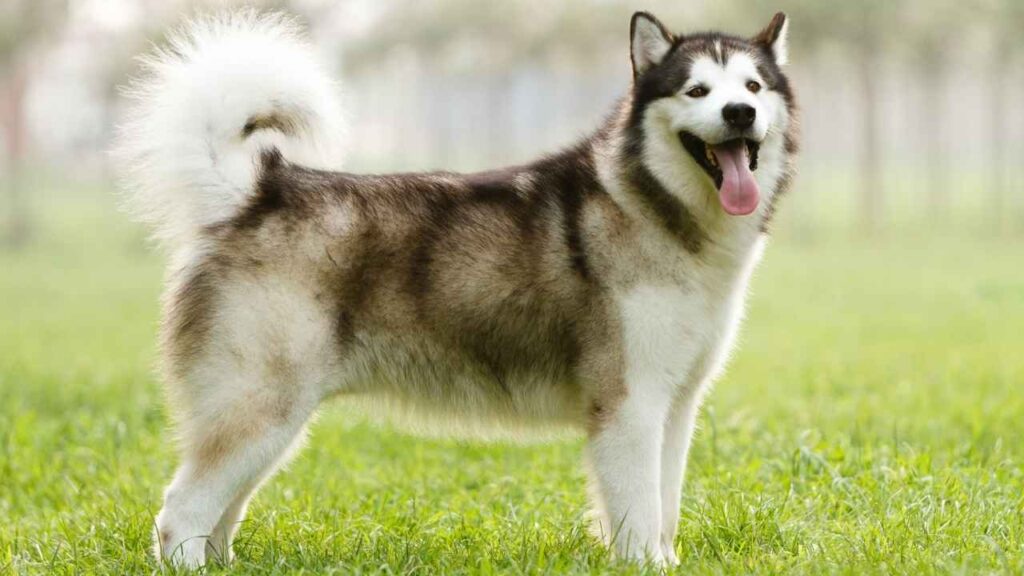
With its thick, plush coat, piercing almond eyes, and a stance that says, “Yes, I could pull your sled, your groceries, and your ego if I wanted to,” the Malamute is nothing short of magnificent.
This breed was originally bred by the Mahlemut Inuit tribe of Alaska to haul heavy loads across long, icy terrains.
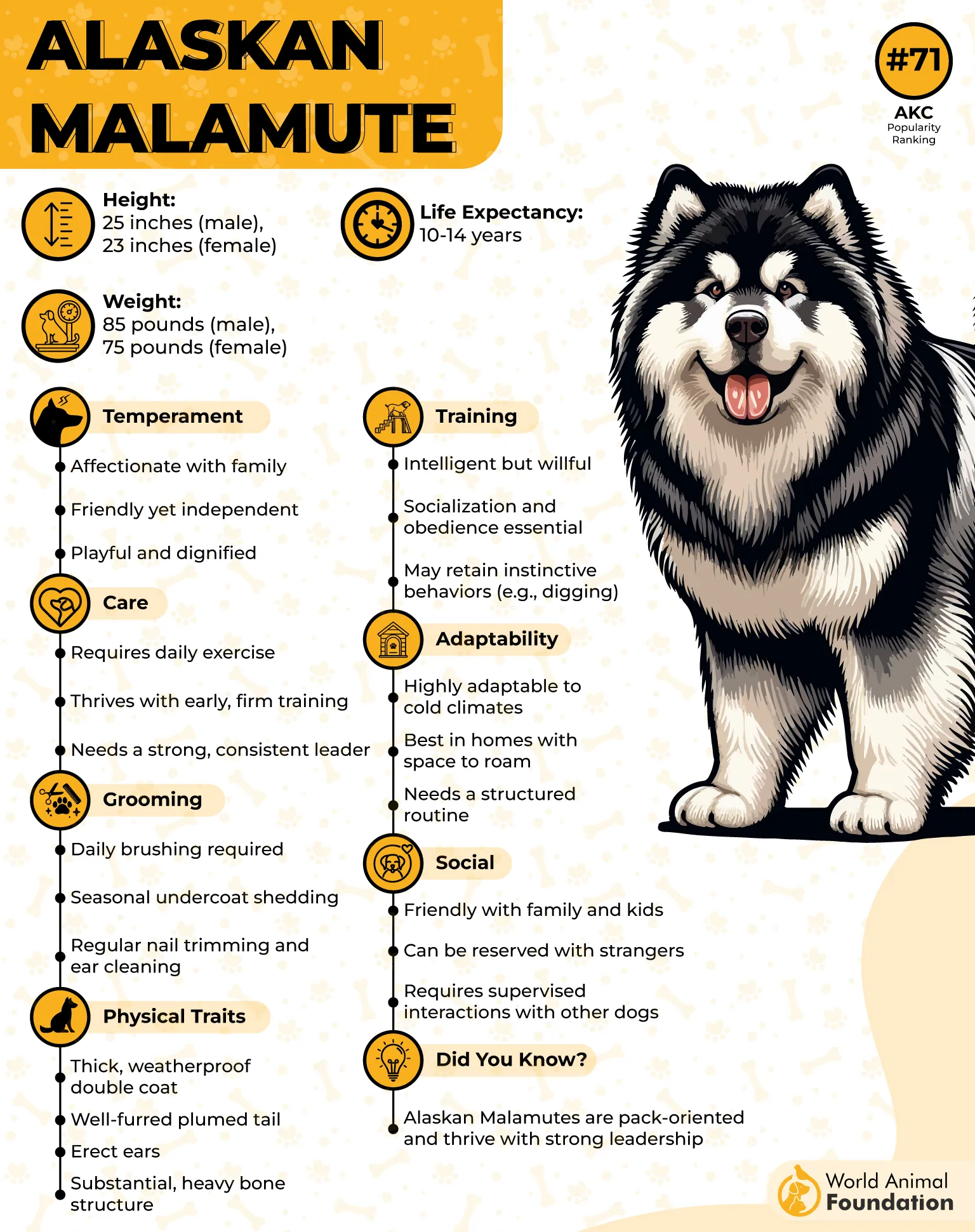
Despite their wolfish looks, Alaskan Malamutes are big softies at heart. They adore humans and have an uncanny ability to turn even the grumpiest person into a puddle of affection. But make no mistake — this isn’t a couch-potato kind of pup.

A Malamute without daily exercise is like a superhero without a mission: restless, dramatic, and likely to “redecorate” your living room using its favorite tool — its paws.
So if you’re dreaming of a loyal, stunning, and slightly mischievous companion who brings a touch of the wild into your world, the Alaskan Malamute might just be your spirit animal — or at least your snow-loving, fur-shedding, majestic best friend.
2. Siberian Husky

The Siberian Husky hails from Siberia (shocking, I know), where the Chukchi people bred them to pull sleds across frozen tundras. These dogs are the perfect blend of beauty, brains, and a dash of “I-do-what-I-want.”
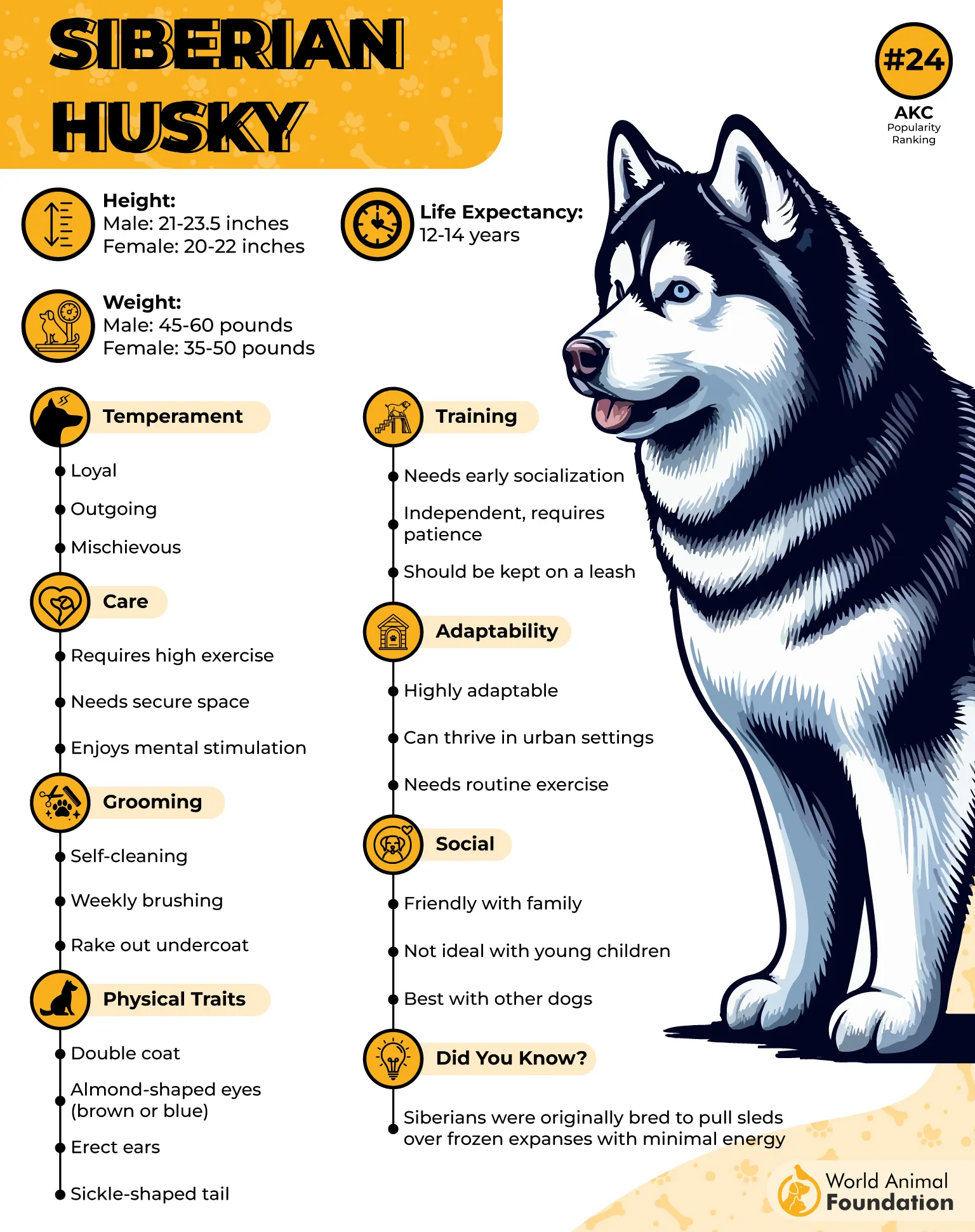
With their striking blue (or sometimes brown, or even one of each!) eyes and a coat thick enough to make a polar bear jealous, they’re living proof that looking good while working hard is absolutely possible.
Huskies are members of the spitz family, which means they come equipped with pointy ears, bushy tails, and an independent streak wide enough to fit an entire dog park. And yes — according to a Science study from 2000 — they’re among the breeds most closely related to wolves.
WebMD says be warned: a bored Husky can turn into a canine version of Houdini. Fences? Optional. Rules? Negotiable. Alone time? Absolutely not. Like their wolf ancestors, Huskies thrive on companionship and quickly develop separation anxiety when left without their “pack.”
Just make sure you’ve got plenty of time, space, and patience… and maybe a good pair of running shoes. You’re going to need them.
3. Tamaskan Dog

The Tamaskan may look like it just stepped out of a snowy forest after leading its pack through an epic fantasy saga, but here’s the twist: there’s no actual wolf DNA in this dog. Zero. Nada. Not even a distant uncle.
While he’s got that intense, wild-eyed stare that could easily land him a starring role in a wolf documentary, the Tamaskan’s personality is surprisingly grounded. Think of him as the calm, reliable friend in a group full of adrenaline junkies.
These dogs are incredibly versatile, too. With their intelligence and eagerness to please, Tamaskans have taken on jobs as working gun dogs, therapy dogs, and even search-and-rescue heroes.
That said, don’t be fooled by the “calm and trainable” bit — this breed still runs on high-octane energy. If you don’t give them enough exercise or mental stimulation, they’ll find ways to entertain themselves. Daily hikes, brain games, and a yard to roam will keep this furry adventurer happy.
With their wolf-like appearance, friendly nature, and devoted heart, the Tamaskan is a walking paradox — wild in looks, gentle in spirit, and loyal to the core. They’re the kind of dogs that make neighbors whisper, “Is that a wolf?” while you proudly reply, “Nope, just my good boy with a flair for the dramatic.”
4. Northern Inuit Dog
Meet the Northern Inuit Dog — the real-life, cuddle-approved version of those legendary beasts. Many people think the Northern Inuit Dog and the Utonagan are different breeds, but they’re actually the same dog with a bit of a regional identity crisis. The names just represent different origins.
The Northern Inuit was developed in the 1980s in the U.K., blending Siberian Husky, Alaskan Malamute, and German Shepherd to create a dog that’s equal parts majestic, intelligent, and family-friendly.
They’re a delightful mix of energy, friendliness, and humor. They have the Husky’s playfulness, the Malamute’s strength, and the Shepherd’s smarts — basically, the ultimate canine trifecta. They adore people, especially kids, and are happiest when they’re part of the family action.
But don’t be fooled by those soulful eyes and calm demeanor — like their Husky cousins, Northern Inuits have serious stamina.
All in all, the Northern Inuit Dog is a perfect blend of wild elegance and lovable chaos. They look like they belong in the frozen north, guarding ancient secrets — but really, they just want to play fetch, make you laugh, and be your loyal companion through every season of your own epic life story.
5. Utonagan
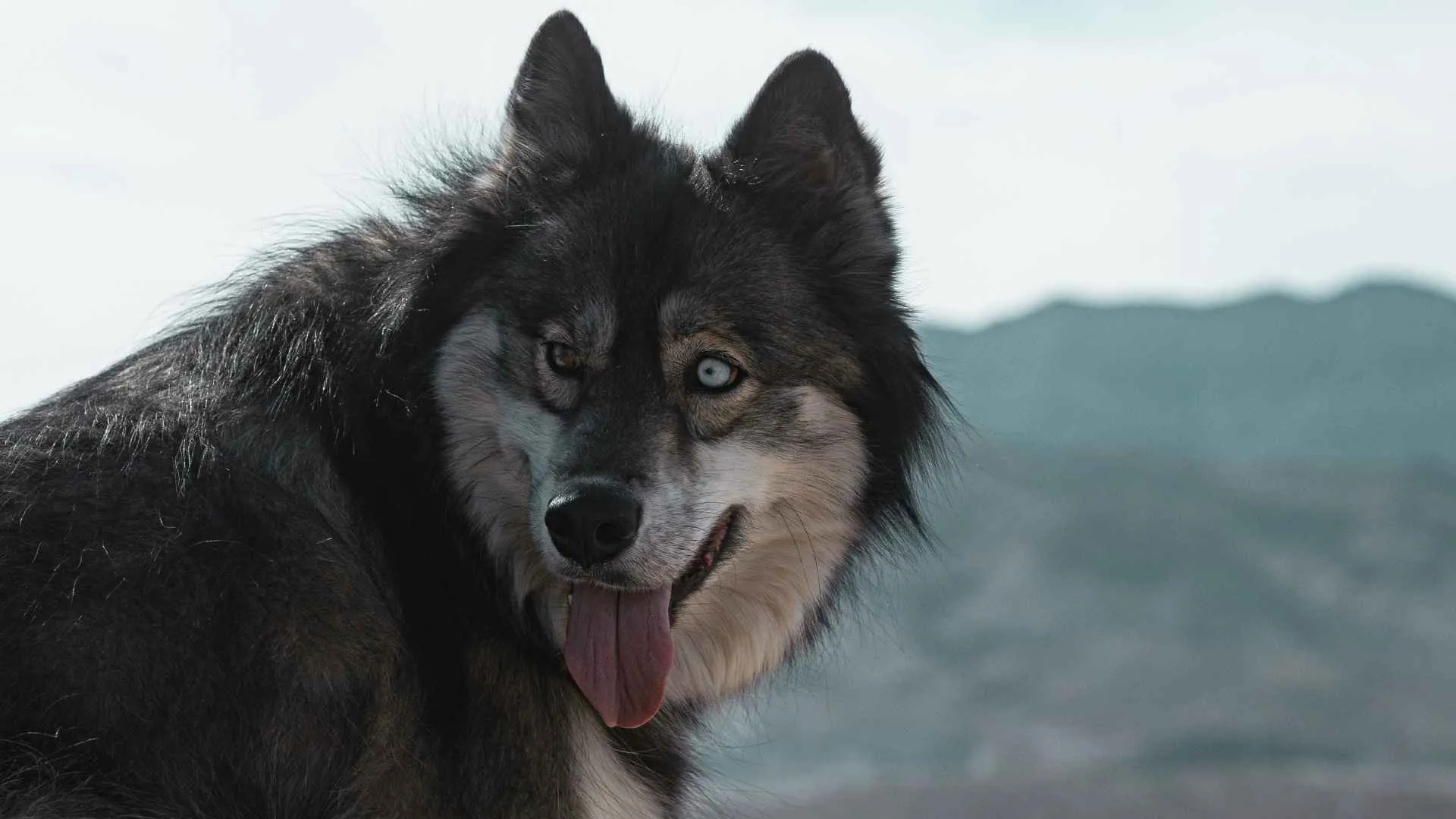
The name “Utonagan” is said to mean “Spirit of the Wolf” in a Native American-inspired dialect — and honestly, it fits perfectly. Everything about this dog radiates an ancient, soulful charm.
They have that quiet, wise look that makes you feel like they understand more than they let on… but then they trip over their own tail and remind you they’re still just a big, goofy lovebug.
Utonagans are known for being gentle, loyal, and incredibly social. They form deep bonds with their families and are especially patient with kids — though “patient” might quickly turn into “playtime instigator” if a ball or squeaky toy is involved.
Their temperament is often compared to the Husky’s: energetic, curious, and funny, but with a slightly calmer, more even-keeled side that makes them easier to manage for first-time wolf-dog enthusiasts.
Long hikes, agility training, and plenty of social time keep the Utonagan’s tail wagging and that brilliant mind satisfied. Leave them bored for too long, and they’ll invent their own games.
The Utonagan is a living bridge between the wild and the domestic — a dog that brings the spirit of the wolf into your home but leaves the bite and unpredictability in the forest where they belong.
6. German Shepherd

Among the most famous German breeds, the German Shepherd has earned its reputation as the Einstein of the dog world — intelligent, loyal, and always ready to learn a new trick, task, or mission.
Originally bred for herding and guarding sheep, these dogs quickly proved they could handle much more than just keeping the flock in line. From military service and search-and-rescue operations to guiding the visually impaired, German Shepherds are basically the overachievers of the canine kingdom.
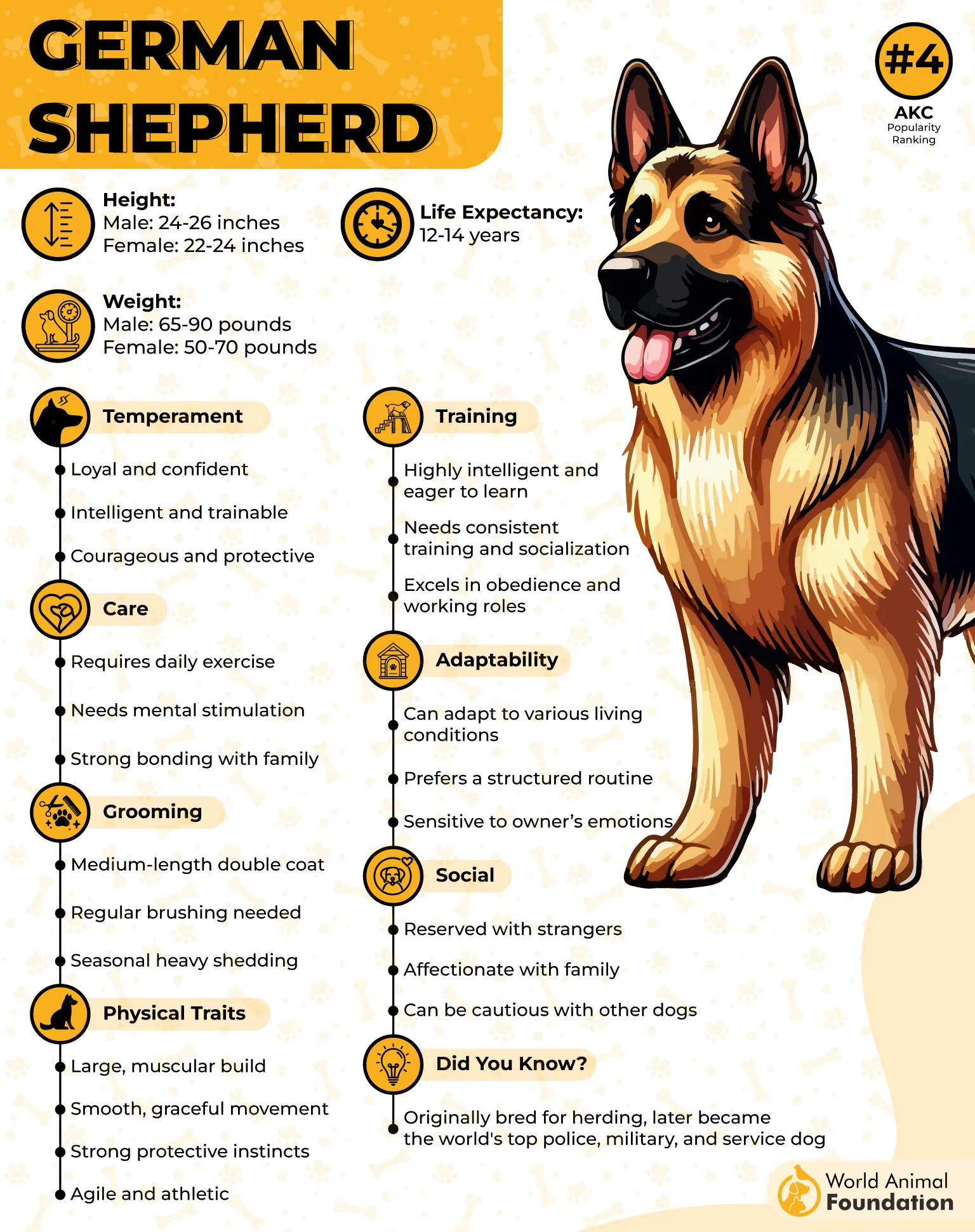
But let’s talk about that wolf-like allure — the erect ears, sharp muzzle, and keen, watchful eyes that seem to see everything. There’s a quiet strength about them, a blend of elegance and power that turns heads wherever they go.
German Shepherds are famously devoted to their families — fiercely protective yet gentle and patient with children.
Yes, they can be aloof with strangers and wary of other animals at first, but that’s just their protective instinct kicking in. Once they realize you come bearing treats or tennis balls, that icy exterior melts faster than snow in spring.
7. Saarloos Wolf Dog
If the dog world had an old soul — mysterious, quiet, and a little untamed — it would be the Saarloos Wolfdog. With its amber eyes, sleek coat, and uncanny wolf-like expressions, this majestic breed looks like it wandered straight out of a forest at dawn, bringing with it whispers of the wild.
The Saarloos Wolfdog’s story begins in the 1930s, thanks to a Dutch breeder named Leendert Saarloos, who decided to mix a wild European wolf with a German Shepherd. His goal? To bring back the natural instincts and vitality he believed domestic dogs had lost over time.
Unlike some of the more social wolfish breeds, the Saarloos isn’t the type to demand cuddles or crawl into your lap. They’re a gentle companion, yes, but one who values respect and space.
Their facial expressions are so wolf-like that even experts sometimes do a double-take. Every glance, head tilt, and raised ear seems to tell a story. But beneath that wild exterior lies a kind and loyal heart — one that bonds deeply with its humans, even if it prefers sitting at your feet rather than on your lap.
That said, this is not a beginner’s dog. When it comes to energy, the Saarloos is no slouch. They need hours of daily exercise and mental challenges — long hikes, agility work, or wide-open spaces where they can stretch those elegant legs and let their inner wolf run free.
8. Canadian Eskimo Dog

Meet the Canadian Eskimo Dog — also known as the Inuit Sled Dog — a breed so tough, it could probably pull your car out of a snowbank and still have energy left for a victory lap.
This ancient Arctic powerhouse has been around for over 4,000 years, serving as both sled dog and hunting partner to the Inuit people, according to AKC. These dogs weren’t just pets — they were survival partners, hauling supplies across frozen wastelands and helping hunt seals and polar bears (yes, polar bears).
Built for endurance and strength, the Canadian Eskimo Dog is a walking (and occasionally howling) tribute to resilience. Their thick double coat, sturdy build, and unmatched stamina make them natural-born adventurers — they were basically the original all-terrain vehicles of the North.
That said, this is not your average lapdog — unless your lap happens to be a glacier. They’re high-energy working dogs that need a job to stay happy. Whether it’s pulling, running, or exploring, these pups live for action.
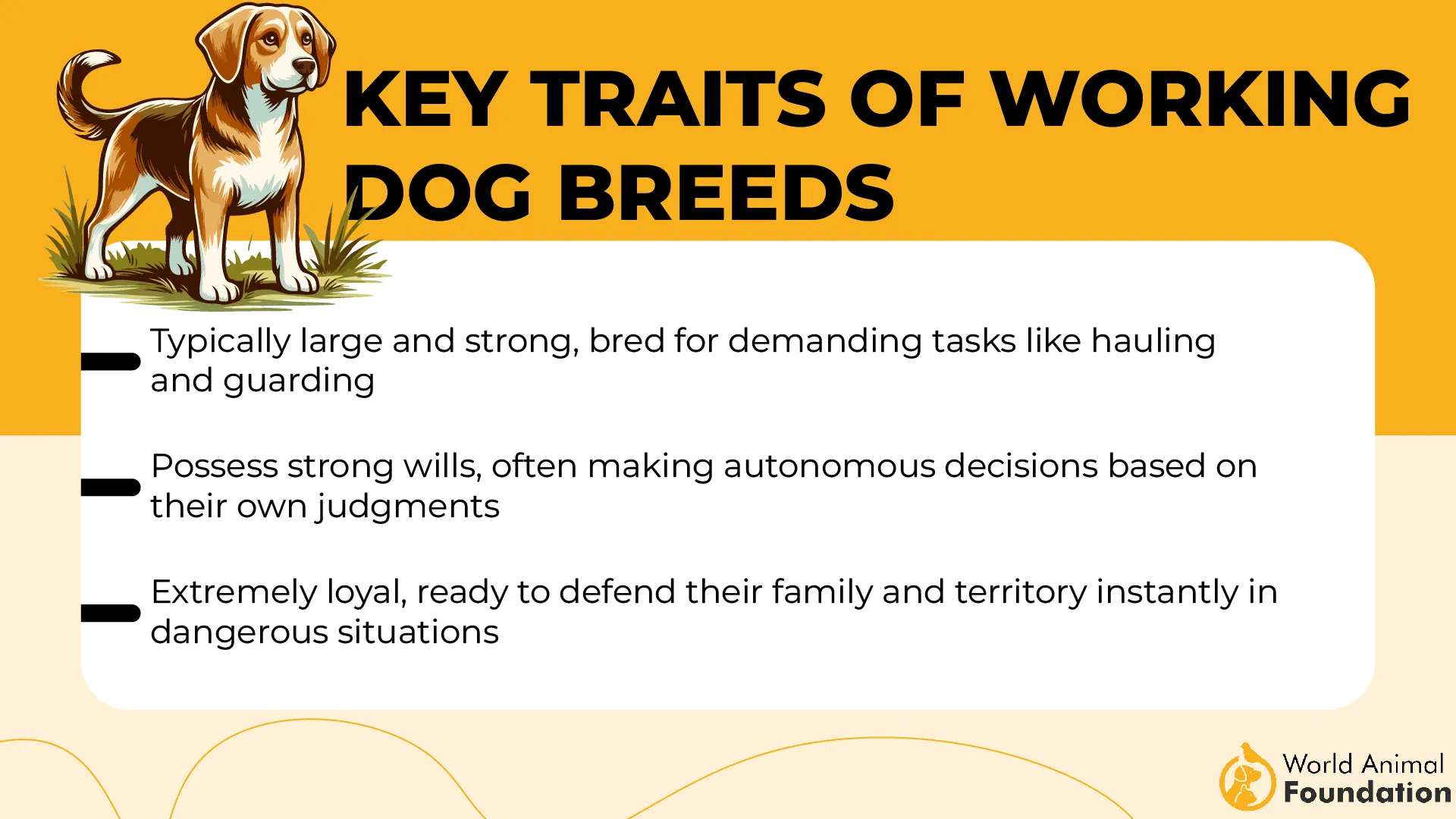
Personality-wise, they’re affectionate with their humans but retain a strong predatory instinct, a reminder of their days surviving in the wild. They can be wary around unfamiliar dogs and small animals, so supervision is key — especially if your household includes kids or other pets.
And here’s the part that makes them truly special: the Canadian Eskimo Dog is one of the rarest breeds in the world, with fewer than 300 individuals left today.
So, if you ever cross paths with one, consider yourself incredibly lucky. You’re looking at a living legend, a fluffy survivor forged in ice and loyalty — a reminder that sometimes, the most majestic creatures on earth don’t live in the wild… they live right beside us.
9. Kugsha
With its piercing eyes, powerful frame, and thick coat in moody shades of gray, white, and tan, this breed looks like it was pulled straight from a wilderness documentary.
Also known as the Amerindian Malamute, the Kugsha’s story is a little bit of a riddle wrapped in fur. Despite the name, it doesn’t have any direct ties to Native American tribes — the title actually comes from the two men who bred it in the United States back in the 1980s.
Yep, even the name “Kugsha” is a mash-up of their names — which is kind of adorable for a breed that looks like it could lead a pack through a blizzard. Here’s where things get even more interesting (and wild): the Kugsha isn’t officially recognized by any kennel club because it’s part wolf hybrid.
The first crosses were recorded around 1984, making this breed a fairly new addition to the wolf-dog family tree. And like most wolf hybrids, the Kugsha comes with a fair share of complexity — breathtaking beauty, yes, but not exactly beginner-friendly.
They were bred for stamina, strength, and independence, which means they’re athletic, smart, and incredibly loyal — but they also need a confident, experienced handler who can match their energy and understand their instincts.
Kugsha is the enigmatic wanderer of the dog world — strong, striking, and deeply connected to its wolf ancestry. They’re not for everyone, but for those who understand and respect their wild spirit, the Kugsha is nothing short of extraordinary — a living echo of the wilderness, right by your side.
10. Shikoku
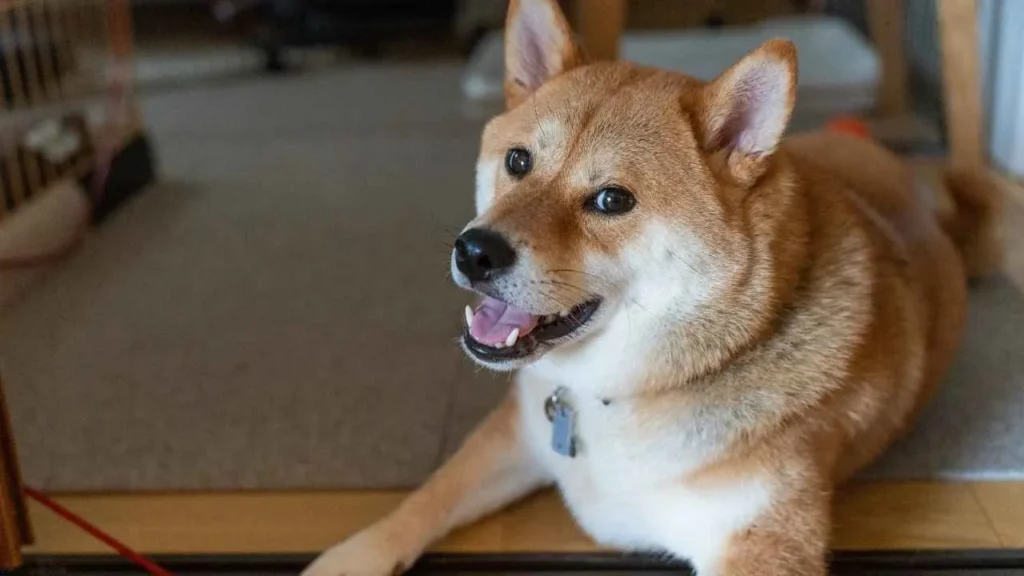
Small? Maybe in size. But in courage, stamina, and sheer presence, the Shikoku could give any wolfish heavyweight a run for its money. This rugged, fox-faced dynamo hails from the misty mountains of Japan — a place where only the bold survive — and the Shikoku was bred to do exactly that.
Originally used to hunt wild boar, the Shikoku is basically the mountain warrior of dogdom. Compact yet muscular, agile yet graceful, this breed was built for endurance, intelligence, and split-second decision-making.
Imagine a ninja wrapped in fur — always alert, quietly confident, and ready for adventure at a moment’s notice. Despite their intense background, Shikokus have a deep loyalty to their humans and thrive on strong, respectful bonds.
They’re happiest when they have a purpose — whether it’s hiking rugged trails, mastering obedience drills, or simply guarding your backyard like it’s sacred ground.
Early socialization and consistent training are essential to help them play nicely with other dogs and strangers. With the right upbringing, though, they’re wonderful family companions, especially with children — affectionate, protective, and always ready to join in on the fun.
Conclusion
From the Czechoslovakian Wolfdog to the Blue Bay Shepherd, these unique canines captivate pet owners and dog lovers alike with their wolf-like features, striking appearance, and loyal hearts. Though many were initially bred as a working breed to herd reindeer or pull sleds, today they make good pets for experienced owners and active families willing to meet their exercise needs — often one to two hours a day.


